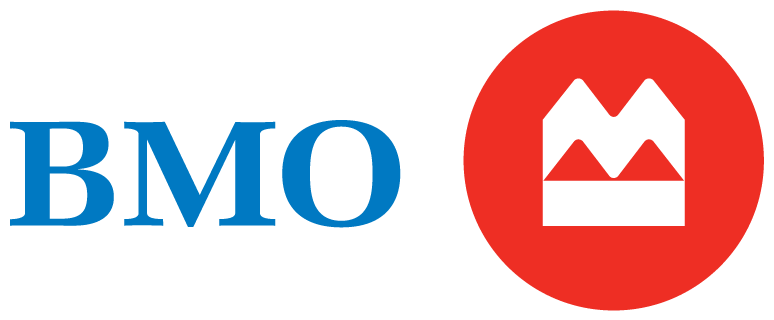
Proposed Accounting Changes Should Make Hedging More Attractive to Community Banks
Brought to you by BMO Capital Markets

 In the regular course of business, banks are exposed to market risks from movements in interest rates, foreign currencies and commodities. Many banks respond by utilizing over the counter derivative instruments to hedge against volatility. Under current accounting standards, banks must account for derivatives under the ASC 815 (formerly FAS 133) models.
In the regular course of business, banks are exposed to market risks from movements in interest rates, foreign currencies and commodities. Many banks respond by utilizing over the counter derivative instruments to hedge against volatility. Under current accounting standards, banks must account for derivatives under the ASC 815 (formerly FAS 133) models.
There are three hedge accounting “models” under ASC 815: 1) cash flow, 2), fair value, 3) and net investment hedging. There are specific times when one model is required over the others, and the mechanics of each are different in many ways. Because of its breadth, hedge accounting could be seen as intimidating and difficult to understand. There have been instances where banks made mistakes in their adherence to hedge accounting which resulted in income statement volatility. As a result, the perception hedge accounting is difficult and fraught with potential danger has discouraged many banks from entertaining derivative solutions
On September 8, 2016, the Financial Accounting Standards Board (FASB) submitted a proposed draft to update hedge accounting. Specifically, the draft seeks to better align a bank’s economic results with its financial reporting and simplify hedge accounting.
The proposed changes appear to better align the accounting rules with a bank’s risk management objectives and simplifies some important items of ASC 815. Many of the existing rules remain unchanged, but the proposed changes should produce greater interest in the use of derivative solutions among community banks.
Specifically, the proposal for improving how economic results are portrayed on financial statements includes:
- Expanding the use of component hedging for both nonfinancial and financial risks.
- Adding the Securities Industry and Financial Markets Association (SIFMA) Municipal Swap Rate as an eligible benchmark interest rate for fair value accounting in the United States.
- Eliminating the separate measurement and reporting of hedge “ineffectiveness,” a concept that has been difficult for companies to explain and for readers of financial statements to understand.
- Requiring for cash flow and net investment hedges that all changes in fair value of the hedging instrument included in the hedging relationship be deferred in other comprehensive income and released to the income statement in the period(s) when the hedged item affects earnings.
- Requiring that changes in the fair value of hedging instruments be recorded in the same income statement line item as the earnings effect of the hedged item.
- Requiring enhanced disclosures to highlight the effect of hedge accounting on individual income statement line items.
Highlights of the Proposed Changes Most Likely to Affect Financial Institutions
The proposal also includes some ways to simplify hedge accounting, including the following:
- Providing more time for the completion of initial quantitative assessments of hedge effectiveness.
- Allowing subsequent assessments of hedge effectiveness to be performed on a qualitative basis when an initial quantitative test is required.
- Clarifying the use of what’s known as the critical terms match method for a group of forecasted transactions.
- Allowing an institution that erred in using the shortcut method to continue hedge accounting by using a “long-haul” method.


